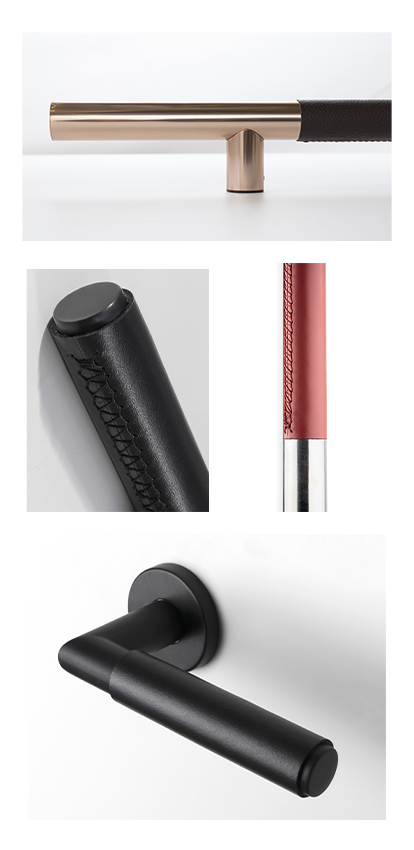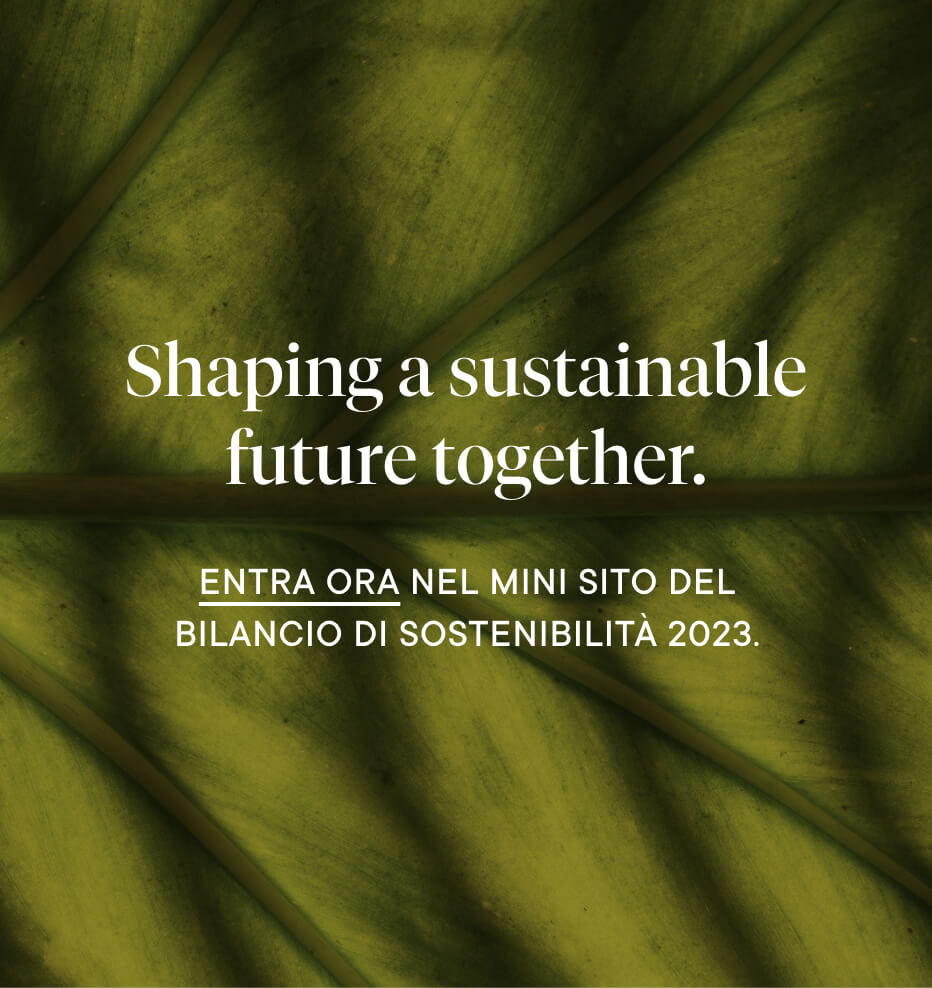Customer Stories
View allBeyond Design: PBA's commitment to a more sustainable and Inclusive future.
How did the collaboration between pba and DANI's begin?
The collaboration between pba and DANI stems from a shared interest in sustainability and innovation in design. pba specializes in designing and manufacturing of architectural products, including levers, locking and non locking pulls, bathroom accessories for disability, bathroom accessories for corporate spaces, handrails and balustrades. The products for which pba has chosen DANI are leather-wrapped levers and pulls.
pba has been operating in international markets for over 40 years, collaborating with leading architecture and design firms globally. Our products are featured in international projects of well-known companies, such as Microsoft, Disney, Sony, JPM, Gucci and many others. For this reason, pba has always sought to create close collaborative relationships, sometimes even co-development, with strategic suppliers, recognizing the importance of material quality and service reliability in the manufacture of products intended for the high-end of the market.
In its journey toward environmental sustainability, pba reevaluated the entire supply chain to identify companies that shared common values. These values include sustainable development with regard to environmental, social, and economic impacts, as well as excellence in materials and services. pba collaborates with the world's greatest architects, both in the development of new products and in the creation of sustainable and inclusive spaces: our partners must have the same purpose and ambition, and they must want to communicate these transparently through concrete actions and recognized certifications. DANI, known for the quality of its materials and commitment to sustainability, has proven to be an ideal partner, offering high-quality leathers in a wide range of options and colors made with processes that respect the environment and people's well-being.
What are the strenghts of DANI leather that won you over and made the partnership possible?
We started working with DANI for products intended for the North American market, one of the most important markets for us, and one that is particularly sensitive to environmental issues. Our initial choice of DANI was driven by their ability to meet our specific requirements for both quality and technical characteristics. For pba products, it is essential that the leather has consistent thickness and elasticity, as well as certifications for environmental sustainability and impact assessments.
DANI’s strengths undoubtedly include its focus on environmental sustainability, product quality, the variety of leathers offered, and continuous product and process innovation. However, what we most appreciate about DANI is its shared commitment to responsibility: both companies are dedicated to producing high-quality products while respecting the environment and people. This commitment is further reinforced by third-party certifications, which provide transparency and visibility regarding the companies’ sustainable practices.
What do sustainability and innovation mean in your industry?
pba designs and manufactures solutions for the architecture and construction, two industries that have a significant environmental impact throughout the entire lifecycle of buildings—from design to construction, use, and disposal—and that significantly affect the quality of life for the people who inhabit these built spaces. For pba, inclusiveness and environmental sustainability are interconnected values that together give a deeper, new meaning to innovation.
At pba, innovation means striving to offer not only aesthetically pleasing products but also solutions that promote inclusion, all while ensuring environmental sustainability. This involves selecting eco-friendly, recycled, and energy-efficient materials, as well as considering the entire lifecycle and end-of-life of the product. Today, it is essential to design and produce products that empower everyone, ensuring equal access and enjoyment of spaces for all—regardless of motor, psychological, or sensory abilities.
We collaborate with suppliers from the earliest stages of product development, as this is the only way we can truly pursue the goal of environmental sustainability. Similarly, we work closely with architects, designers, and industry experts to integrate issues of inclusion—not just accessibility—into the design process, ensuring they are addressed from the outset rather than being rebalanced later.
For pba, being sustainable and innovative means combining ecological practices with design solutions that promote inclusion and enhance people's well-being, creating a built environment that goes beyond material needs by embracing a broader social and environmental perspective.
Yours is also a journey marked by certifications that lend credibility to your efforts. How ready is the market to embrace them, and how much educational activity do you undertake to ensure your messages are clearly understood?
In our industry, particularly in North America, environmental sustainability certifications are increasingly demanded. Companies that offer these certifications are not only able to command a premium price, but also gain greater credibility and transparency in their reporting. Red List Free Declare Labels, LEED credits, EPDs, and Carbon Footprint are key elements in our dialogue with large architectural firms.
The European market, while subject to more restrictive environmental regulations - such as REAC -is still not fully mature, both in terms of the expertise required for making informed material and product choices, and in terms of the values to aspire to. Sustainable development requires an awareness of the impact of all business activities, not only on the environment but also on people and the economic consequences of the choices made. This is often misunderstood as merely shifting costs to weaker parties, such as relocating production to countries with less stringent regulations.
The idea that costs do not exist if they are merely shifted to other entities or countries, or that sustainability can be achieved simply by planting trees, along with the technical language of sustainability that remains largely accessible only to professionals and is often intentionally convoluted, clearly demonstrates that much work remains to transparently and credibly communicate the company’s commitment.
Educational efforts must be comprehensive, involving not only internal company stakeholders, but also architects, designers, clients, and suppliers. Only in this way - similar to the design of a sustainable product, which must begin with the selection of materials and end with recycling - can a virtuous cycle be created, where people and companies educated on sustainability are able to turn intentions into concrete and effective actions.
What do you think about fax leather? Does it have a future?
The choice between natural leather and synthetic leather cannot be based solely on aesthetic or ethical considerations. Synthetic leather is often made from petroleum-based materials, such as polyurethane (PU) or polyvinyl chloride (PVC), which not only have a significant environmental impact but are also difficult to recycle. The production of synthetic leather can generate greenhouse gas emissions and involve the use of polluting chemicals. Moreover, the degradation of these materials in landfills can take decades, as many of them are not biodegradable.
Animal skin, on the other hand, is a natural material and can be considered "regenerable" if produced sustainably through responsible animal husbandry practices that prioritize both animal welfare and environmental sustainability.
The choice between natural and synthetic leather depends on various factors, including personal preferences, design trends, ethical concerns, and environmental considerations. Supporting brands that adopt sustainable practices and use responsible materials can help reduce the environmental impact associated with leather production.
In conclusion, both synthetic and natural leather have advantages and disadvantages when it comes to sustainability and environmental impact. The search for greener alternatives is a crucial step in addressing these challenges.



